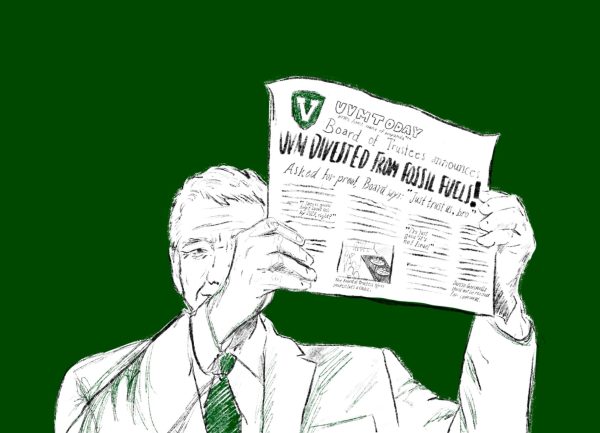Manic pixie dream girl is a tired concept
December 15, 2020
I’ve been doing research. I’ve watched “500 days of Summer.” I’ve seen “Scott Pilgrim vs. The World” and I’m extremely familiar with “Eternal Sunshine of the Spotless Mind.”
All of these titles deal with the concept of the manic pixie dream girl, an underdeveloped character whose sole purpose is to make a man’s life better.
The manic pixie dream girl is a tired trope and we need more shows where that ideal is subverted; Netflix’s “Dash and Lily” does just that.
Lily, the main love interest, is quirky. She is “not like other girls,” in the eyes of Dash.
She sends him on strange treasure hunts across New York City by writing hints and riddles in a bright red notebook.
Nathan Rabin, who coined the term, describes a manic pixie dream girl as a person who, “exists solely in the fevered imaginations of sensitive writer-directors to teach broodingly soulful young men to embrace life and its infinite mysteries and adventures,” in a 2007 review of “Elizabethtown.”
For a long time now manic pixie dream girls are harmful to women not only in TV shows but also in real life.
The popular song, “Scott Pilgrim vs. The World Ruined a Whole Generation of Women” by Negative XP details why this trope is harmful– it shoeboxes alternative women and is misogynistic.
Lyrics of the song include, “Bright dyed hair and obnoxious clothes, thinks communism is the way to go, she’s a whore, a hole, a dime-a-dozen Jezebel.”
Girls who are slightly alternative are not looking to help a guy become better in love; they are human just like anyone and they are not all the same.
The manic pixie dream girl at its core is deeply misogynistic.
Women do not exist for men, it is time the media stops portraying love stories in a manner that makes it seem like they do.
Media should move in the direction “Dash and Lily” does. In the show, it is made clear that putting a crush on a pedestal will only lead to them never reaching the high expectations you have for them.
Lily’s character has traits of the manic pixie dream girl, like her interesting style and the fact she is the only girl to move Dash away from his ex. Yet, she is not one-dimensional and clearly is shown to be capable of life outside Dash.
Halfway through the show Dash and Lily realize the lover in their head is not reality, since they met and talk mainly through writing they never got to truly know one another until they met in person.
This subverts the trope that has been plaguing the love interests of boring guys for years– Lily is someone who has flaws, her pedestal is eventually broken in Dash’s mind.
This is a more realistic version of the leading lady, and more adaptations and movies should have this.
People are real, they are not what is in your head, and it is healthy to see that in stories.
“Life imitates art,” a phrase coined by Oscar Wilde in his 1889 essay The Decay of Lying illustrates my point– if we move fiction to be closer to reality, expectations for women to be Ramona Flowers will cease.
Everyone wants their love to be a fairytale, everyone wants to be special to someone else. Doing so in a healthy manner, however, is vital.
Hopefully, with more media like this, guys will stop using “you remind me of Ramona Flowers” as a pick-up line on my tinder and begin to see me for who I am.
I am not a manic pixie dream girl, I do not exist to be the bubble of light in your otherwise self-made dark life. I am real.
It is about time TV shows and movies portray women realistically.
Women are real; they are not characters.


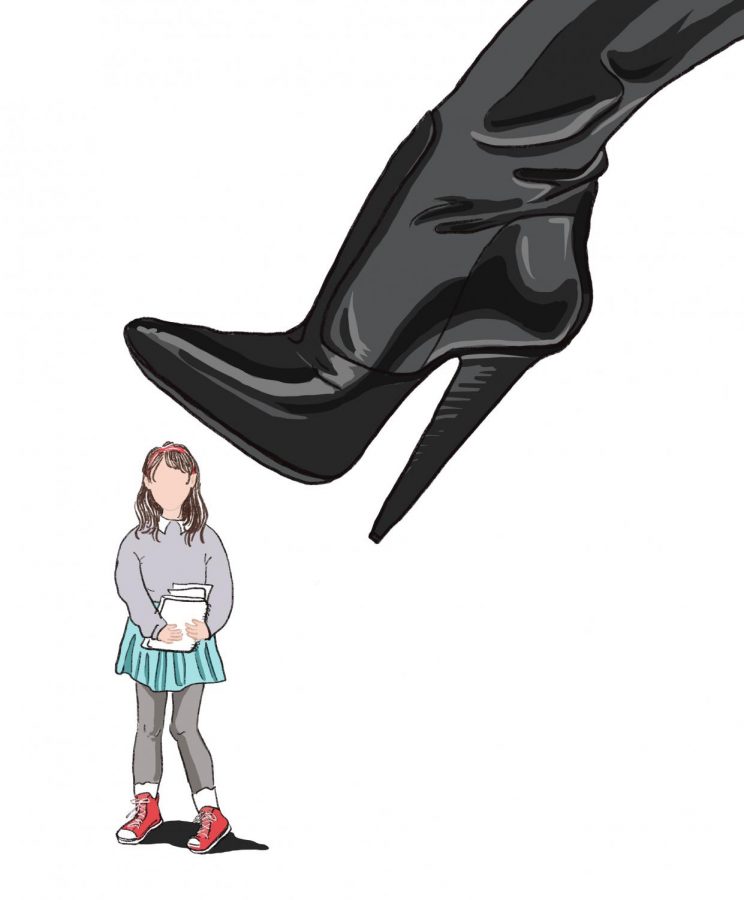






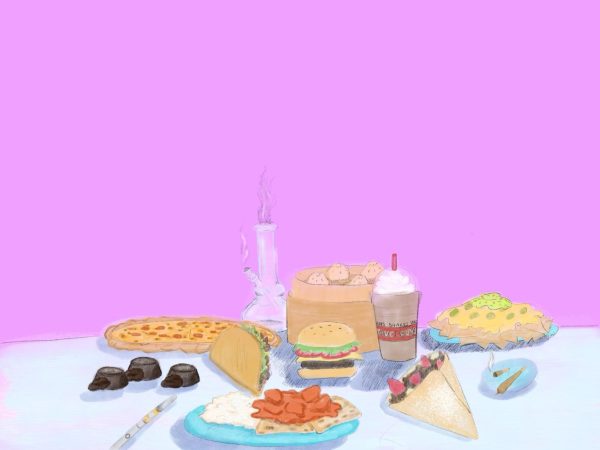
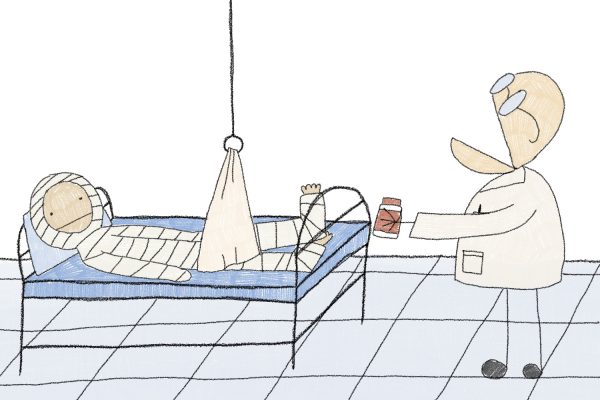
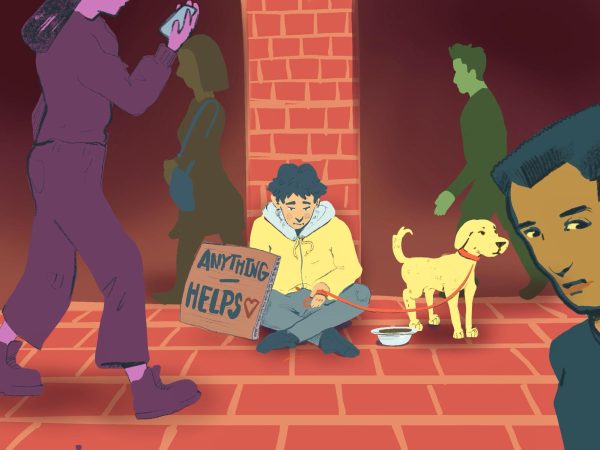

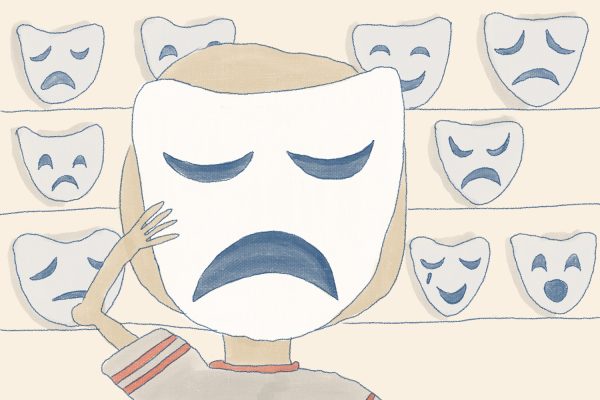
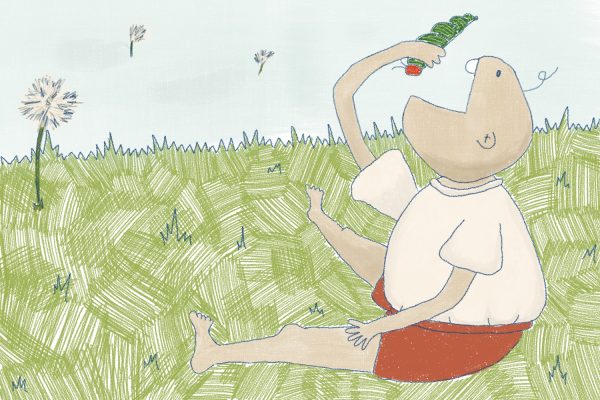
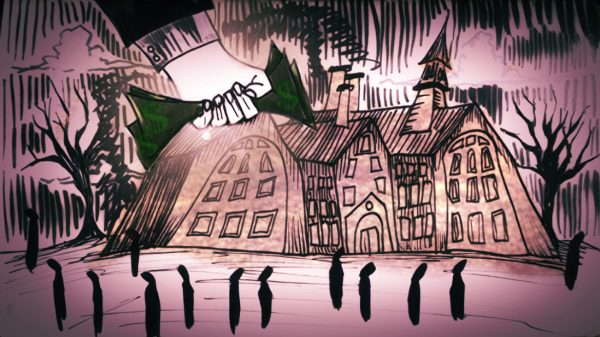
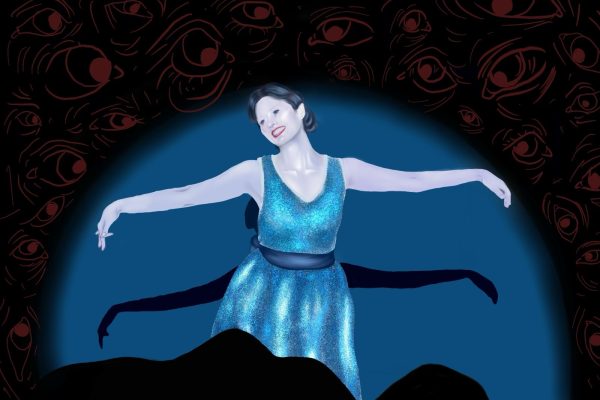
![Can’t buy me [self] love](https://vtcynic.com/wp-content/uploads/2024/04/self-care-FINAL-600x398.jpg)
